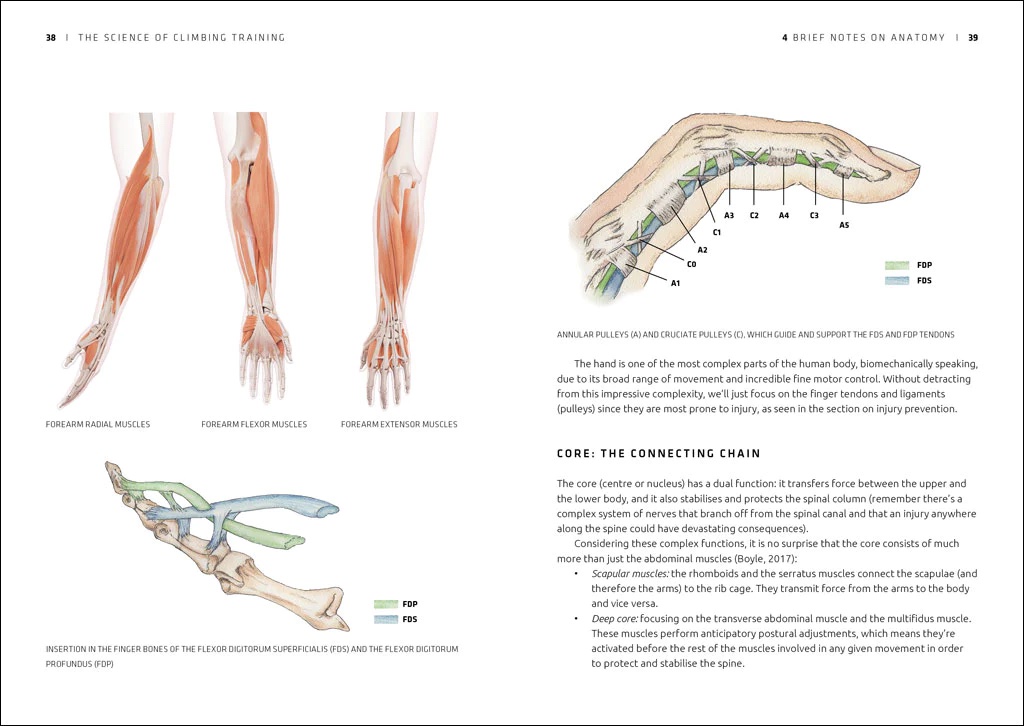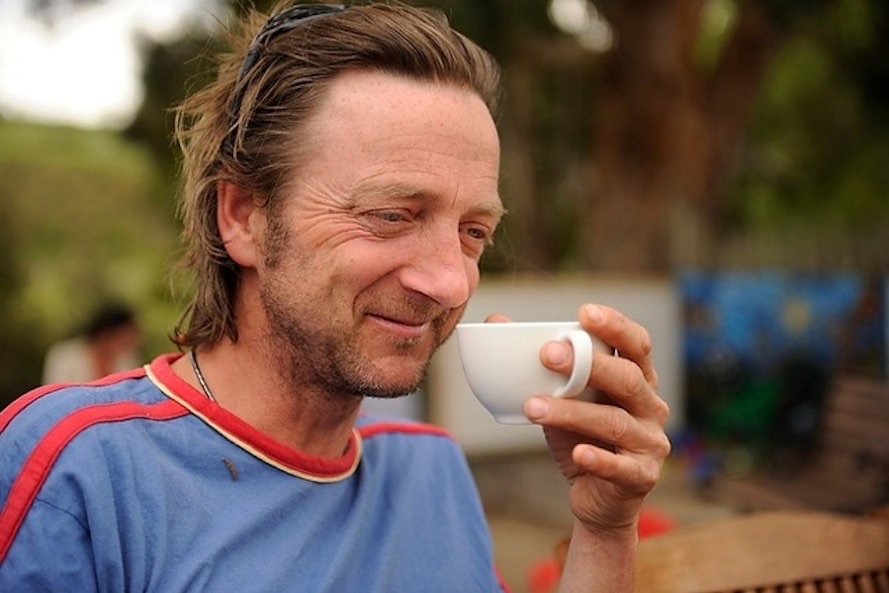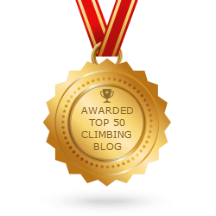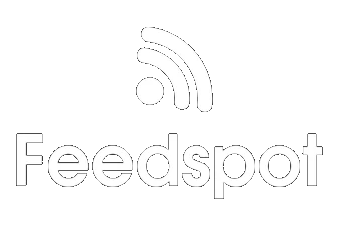In The Science of Climbing Training from Vertebrate Publishing, top Spanish climbing coach Sergio Consuegra provides an evidence-based approach to training for climbing. Pete Edwards gives us his thoughts...
I’m always a bit sceptical when I hear something described as “The Science of…” where, as a general rule, you may not find information that is particularly scientific or grounded in research or experiment.
The Science of Climbing Training, though, is exactly what you should get when a book that claims to be scientific. This is just what it claims to be: “an evidence-based guide”. I mean, there are 14 pages of 166 references in the back of the book so the claim is well founded. It builds on what the author immediately comments on as “an overwhelming amount of information out there” and he’s not wrong, there is plenty of literature on this topic already. What we have here is a one-stop book to bring it all together.
However, there’s a reason people find science hard work: because it’s really complicated and tough to take in. In my notes across the bottom of one of the pages, I’ve written “He might as well have written it all in Latin” with the extraordinary list of muscle names and connected muscles, such is the nature of any section that tries to explain the complex and complicated make-up of the muscular system of the human body. The fact is, if you’re looking for something nice and simple, this is not the place to go. But then, as is so often the case, there aren’t simple answers to complex questions.
Where this book particularly stood out is in its delivery. Yes, you’re going to have a good amount of very technical information but mixed among it are sentences that make it incredibly readable. Anecdotes, analogies and examples abound, such as describing “the brain is like an overprotective parent who’s obsessed with keeping us safe”.
It might not sound like much but it changes the whole way the book reads, to which author Sergio Consuegra (and translator Rosie Stainhope) deserves much credit.
You can tell that Consuegra has many strings to his bow. Clearly, he is very well read in this subject – you don’t include pictures of brain scans in a book lightly – but his background in coaching is also very relevant. Repeatedly, we’re presented with some information followed by why it matters; an approach that is very effective. It’s also a very progressive one, not hiding the science from people or going light on the technical info whilst also making the text very accessible for those that don’t understand why there are names and years in brackets all over the place. Moreover, where there isn’t science for climbing specifically, Consuegra isn’t afraid to venture into other sports and areas to help draw conclusions that we may find useful (quite rare in many climbing texts). It’s heavy going, for sure, but if you can handle it, you’ll learn more here than almost anywhere else.
The Science of Climbing Training does cover a lot and splits it into three sections:
Part I: Understanding Training;
Part II: Optimisation of Training; and
Part III: Planning Your Training.
Right from the very start, the intentions are clear: “This book deals exclusively with the physical factors of climbing”. As a coach myself, I very much valued both the acknowledgement of the importance of other aspects such as the Technical and Psychological and the transparency that the only reason they don’t appear here is because that’s not the topic at hand.

Part I: Understanding Training
Of the three parts of the book, Part I was the tough one and yet, despite my best intentions, I couldn’t help but try and digest it as I went along. I’d meant to mainly skim the text, coming back to it at a later date when there was particular relevance to what I was working on. Instead, I was sucked in, trying to take on as much information as possible.
This is the heaviest of the three sections and covers an awful lot of research and background knowledge. In here, we find sections on the Process of Training, Understanding the Importance of Strength, and Understanding and Optimising Mobility.
I found these sections fantastically useful, doing exactly what I suspect the author was aiming for: taking principles that make complete sense, putting them into words and giving them some scientific background. Here we find information on well-known training info such as supercompensation, nuggets such as “the muscle then competes with the brain for oxygen, lowering the brain’s oxygen supply and leading to central fatigue” (or in other words, when the body is tired, the mind can’t concentrate) and an explanation as to WHY static stretches aren’t a good idea before a performance session. And crucially, it’s all backed up with research and evidence.
However it’s at this point that I really slowed down. Unlike many coaches, I don’t have a background in sports science and really had to work hard to get through in-depth chapters on the seemingly-ironically-titled Chapter 4: Brief Notes on Anatomy (they are brief in the grand scheme of things, it just didn’t feel that way to the uniniated), another on Fascia, Muscle Chains and Biotensegrity and Bioenergetics and Metabolism.
While there’s clearly a lot of very important and useful information locked within these pages, for me, I will really have to read and read them again to even come close to getting a handle on it. Consuegra has made it as accessible as possible but it doesn’t make it any easier to get your head around.
For me personally, he does round this Part off nicely with Chapter 7: Analysis of the Main Physiological Factors. While much of it seemed like useful background info with little applied context, you could tell this would come in handy one day.
Part II: Optimisation of Training
The meat of the book and I suspect, what people are most likely to be looking for. The book itself eludes to this by saying “We’ve finally reached the part you’ve all been waiting for: how to train, what to do… the magic formula”. But don’t be fooled, even this won’t come easy.
As you’d come to expect once reading through Part I, there’s still a lot of background and a lot of science thrown in here. Don’t expect a Gimme Kraft style book, simply detailing a series of exercises with sets and reps, that’s not what Consuegra is aiming for. Again, this book is The SCIENCE of Climbing Training and this text will give the background reading and information to supplement exercises you could easily find anywhere else (with none of the explanation you’d get here).
There are some excellent pictures detailing exercises to try, referenced in the book but again, they’re not there for you to follow, they’re demonstrations to supplement the information. Likewise, Consuegra includes training protocols, for intermittent deadhangs as an example but again, these aren’t the “magic formula” but reports on academic research.
If you’re here for these regimes, you’re in the wrong place and missing the trick: this book looks deeper than simply copying someone else’s training programme and helps you to understand what works, and more importantly, why it works. Crucially, if you can grasp the concepts he’s conveying, I am certain you WILL train better and get better results.
Repeatedly throughout the text, Consuegra reminds us of his personal mantra or personal training philosophy: “don’t train more: train better”. Even once we get on to the series of exercises for conditioning (and here they are listed with detailed explanations) focusing on Upper Body, Core and Lower Body , the focus is on doing these exercises correctly, rather than the sets and reps. Again, expect references and research dotted throughout.

Part III: Planning Your Training
A short section in comparison, this helps to round it all off and keep it fairly simple. The most prescriptive of the sections, there are three chapters here, covering session design, periodisation and detraining.
Here is where we find examples and possibly the most likely to be copied and adjusted to suit you but given the rest of the book, I think the reader would be disappointed not to find much deeper meaning and background to everything. Again, it’s the why that the author is trying to focus on, the what can then be adapted accordingly. It is perhaps this reason – the importance of the deeper understanding – that means that this section is by far the smallest of the book and dwarfed by Part I: Understanding Training.
Summary
There’s a reason this book is so unbalanced and it is deliberate. As I’ve mentioned, this is not “A How To Guide for Climbing Training”, this is the Science of Climbing Training and you only have to read a little bit to realise how scientific it truly is.
If you’re simply after some handy copy-and-paste formulas in the hope of getting stronger, look elsewhere.
However if you’re after truly understanding what sits behind it all, backed up with scientific research with a wealth of further reading, you’ve come to the right place.
That said, don’t be fooled into thinking this is a typically academic text. The subject matter may be heavy going but its presentation couldn’t be more accessible, written in an engaging, at times amusing and enthusiastic way, making the dense amount of data and explanation as straightforward as it is possible to be.
The concept of this book seems to be to know more, understand more and use this to train better and not harder. If that is what you are looking for, The Science of Climbing Training is essential. As a coach, especially running coach education courses, I’ll be ensuring I have a copy to hand with pages marked for handy reference. As a climber, I’ll be going through the whole thing another once or twice more in case I missed that perfect sentence. And I really won’t mind.
I’ll leave the last words to Consuegra himself, as he sums up the book perfectly with the last phrase of the last paragraph:
No pain, more gain. Don’t train more: train better.
The Science Of Climbing Training is available to purchase From Vertebrate Publishing here.
Pete runs Prowess Coaching, a climbing coaching company based in North Wales, and the blog 'Chez de la Bloc.' To find out more information, visit the website or Instagram.










